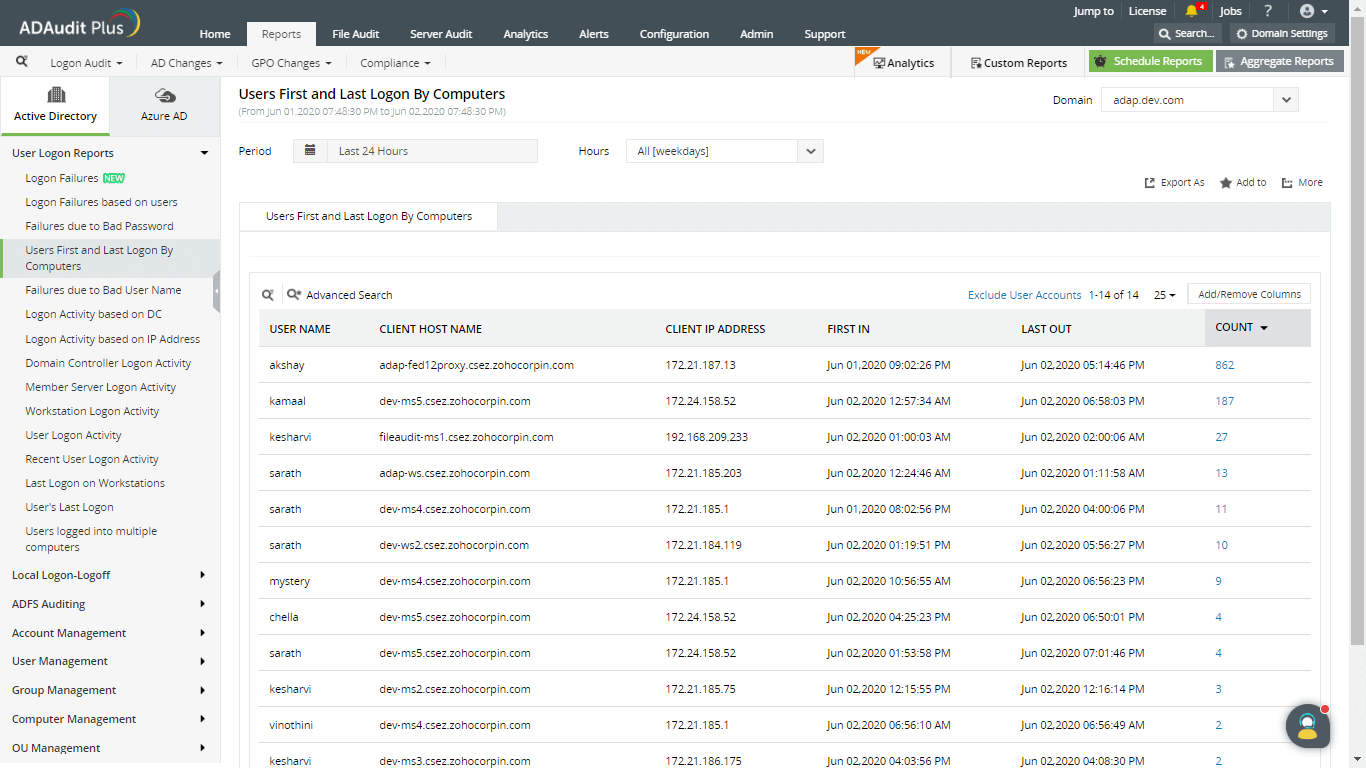

Interactive sign-ins are performed by a user. The classic sign-in logs only include interactive user sign-ins.Įntries in the sign-in logs are system generated and can't be changed or deleted. There are four types of logs in the sign-in logs preview:

Two other activity logs are also available to help monitor the health of your tenant: You can still view the classic sign-in logs, which only include interactive sign-ins.

The preview view of the sign-in logs includes interactive and non-interactive user sign-ins as well as service principal and managed identity sign-ins.
#Audit logon how to#
This article explains how to access and utilize the sign-in logs. The sign-in logs provided by Microsoft Entra ID are a powerful type of activity log that you can analyze. Reviewing sign-in errors and patterns provides valuable insight into how your users access applications and services. As an IT administrator, you need to know what the values in the sign-in logs mean, so that you can interpret the log values correctly.
#Audit logon windows#
If the system does not audit the following, this is a finding:Ĭonfigure the policy value for Computer Configuration > Windows Settings > Security Settings > Advanced Audit Policy Configuration > System Audit Policies > Logon/Logoff > "Audit Logoff" with "Success" selected.Microsoft Entra ID logs all sign-ins into an Azure tenant, which includes your internal apps and resources. Open a Command Prompt with elevated privileges ("Run as Administrator").Ĭompare the AuditPol settings with the following. Use the AuditPol tool to review the current Audit Policy configuration: Security Option "Audit: Force audit policy subcategory settings (Windows Vista or later) to override audit policy category settings" must be set to "Enabled" (WN10-SO-000030) for the detailed auditing subcategories to be effective.
#Audit logon windows 10#
Windows 10 Security Technical Implementation Guideĭetails Check Text ( C-22472r554756_chk ) If it is to a network share, it is recorded on the system accessed. If this is an interactive logoff, it is recorded on the local system. Collecting this data is essential for analyzing the security of information assets and detecting signs of suspicious and unexpected behavior. Audit logs are necessary to provide a trail of evidence in case the system or network is compromised. Maintaining an audit trail of system activity logs can help identify configuration errors, troubleshoot service disruptions, and analyze compromises that have occurred, as well as detect attacks.


 0 kommentar(er)
0 kommentar(er)
